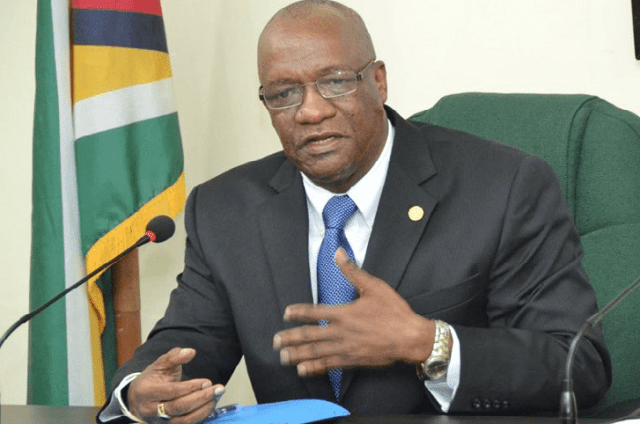History: West Indian and African Migration to British Guiana (Guyana) from 1834 – By Odeen Ishmael
West Indian and African Migration to British Guiana from 1834
With the passing of the Emancipation Act in 1833, the sugar planters in British Guiana (Guyana) anticipated a labour shortage even though the apprenticeship system would force the ex-slaves to continue to provide free labour. As a result they made plans to recruit labourers from the West Indies and elsewhere. (recruitment of Portuguese indentured labour was featured earlier in Guyanese Online HERE).
Because of the close proximity of the West Indian colonies, the planters felt it would be more economical to bring a paid labour force from those islands. Between 1835 and 1838, about 5,000 labourers were recruited from Barbados, St. Kitts, Antigua, Montserrat and Nevis. These islands either had no apprenticeship system or they had a fairly large free African population by 1834. The employment of West Indian full-time wage labour was carried out by the private sugar planters who competed sharply among themselves for the available migrants.
Many of the newly recruited migrants were openly induced by other planters who offered them higher wages to leave their employers.
Migration to Guyana was creating a shortage of labour in the West Indian islands and thus pushing up wages. Naturally, the West Indian planters tried to discourage migration since they wanted a full complement of labour force in their own islands.
In 1839 a Voluntary Subscription Immigration Society was formed by the British Guiana (Guyana) planters to bring labourers from the West Indies in particular. Members of this Society received immigrants in proportion to the share capital they invested. The Society brought into Guyana over 2,900 labourers mainly from Barbados during 1840 to 1841.
From 1841 the British government became involved in the migration scheme when the “bounty” system was applied in recruiting labour from the West Indies. But after objections from the West Indian planters, the British Government discontinued the system with regard to recruiting labour from their islands. The island governments also banned recruiting agents on their territories in an effort to prevent migration to British Guiana (Guyana).
The Guyanese planters also looked to Africa to obtain an additional labour force after 1834. In the period that followed, slaves from Africa continued to be transported to the United States, Cuba and Brazil. Some of the slave ships were boarded by British warships and the Africans removed from them. Most were returned to Africa, but some of them were taken to British Guiana (Guyana) and the West Indies as indentured labourers.
Permission was also granted by the British Government for the recruitment of contract labour from West Africa. This recruitment and emigration from West Africa was closely controlled since there were fears that if too many persons were contracted it could stimulate an internal slave trade in that region. From 1841, agents began to recruit labourers from Sierra Leone, most of whom had been liberated from the slave trading ships boarded by the British. Between 1838 and 1865, a total of 13,355 Africans came to British Guiana (Guyana) as contract labourers.
JORDAN TIES GUYANA TO US$14.6M CONTRACT ON LAST DAY OF ELECTIONS RECOUNT
Minister of Finance, Winston Jordan on June 8 signed off a US$14.6M contract with the Islamic Development Bank (IsDB) for a hydropower project, and in doing so, tied Guyana to that agreement on the very day that the national recount of votes concluded at the Arthur Chung Conference.
This agreement adds to a long line of actions taken by the Government since the passing of the No Confidence Motion, which was executed in defiance of the Government’s Caretaker status, as stipulated by Guyana’s apex Court, the Caribbean Court of Justice (CCJ). President David Granger had made a commitment not to enter into any major agreements, out of respect for the ruling of the Court.
Likely, the largest financial agreement of its kind since the landmark ruling was handed down by the Caribbean Court, restricting the administration’s power; the Government’s flouting of the Court’s judgment is compounded by the fact that the Finance Minister signed the agreement on the day the final tabulation was concluded at the recount, illustrating that the governing party, A Partnership for National Unity + Alliance for Change (APNU+AFC) lost the elections by 15,416 votes.
The total cost of the project is US$16.59M, to which Guyana must contribute US$1.95M, according to the contract. Though contracts of this nature are expected to face parliamentary scrutiny, the National Assembly has not met in over a year and is currently dissolved.
The contract secures the funds for the cost of the construction and rehabilitation of three hydropower plants: Moco Moco (700kW) and Kumu (1.5 MW) at Lethem, and Ikuribisi (1MW) at Bartica; as well as for payments for goods, works, consulting and related services procured under the project to bring it to fruition.
According to the agreement, the IsDB agreed to finance the project on December 15, 2019 through installment sale financing, for execution by the Guyana Energy Agency (GEA). The Bank’s website lists the project as ‘Active’ as of December 14, 2019, the day before it agreed to finance the project, as stated in the contract.
“The specific objective of the project,” the Bank states, “is to ensure universal access to electricity for the population living in Lethem and Bartica areas (currently around 80 % have access) with an affordable tariff around USD 20 cents per kWh, which is currently ranging between USD 33 cents and USD 40 cents per kWh in Lethem area and between USD 19 cents and USD 28 per kWh in Bartica area.”
Comment from Hon. Winston DaCosta Jordan, BSc (Economics); MS (Economics); MP Senior Minister Of Finance & Ambassador Professor Dr. Shamir Ally
Hon. Winston DaCosta Jordan, BSc (Economics); MS (Economics); MP Senior Minister Of Finance: Hmmm, I’m proud of our achievements. Kaieteur News and their ilk can stand by and watch jealously as development proceeds
Ambassador Prof. Dr. Shamir Ally: Esteemed Minister Hon. Winston. Agreed. KN Media Spinners. KEY. Guyanese the Beneficiary. IsDB Team is ready to receive Guyana’s Project Feasibilities Studies, when available. With Almighty’s Graces. Onward & Upward
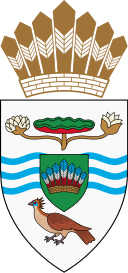
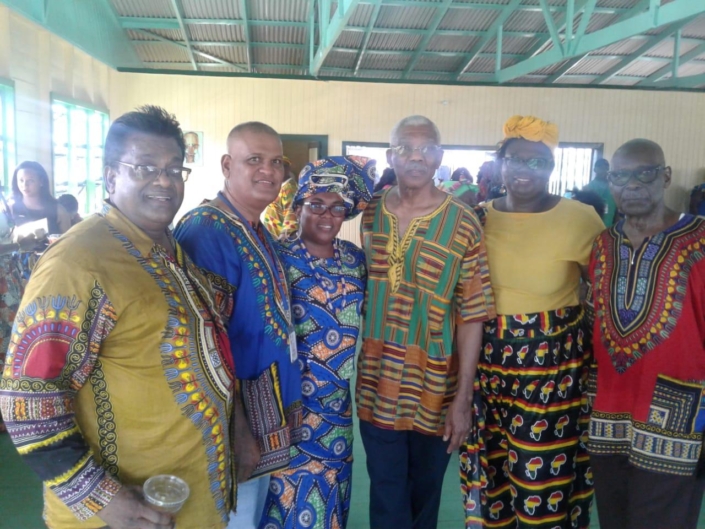
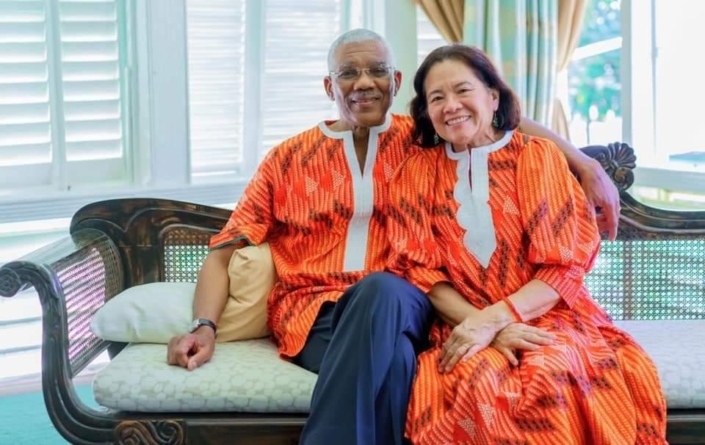

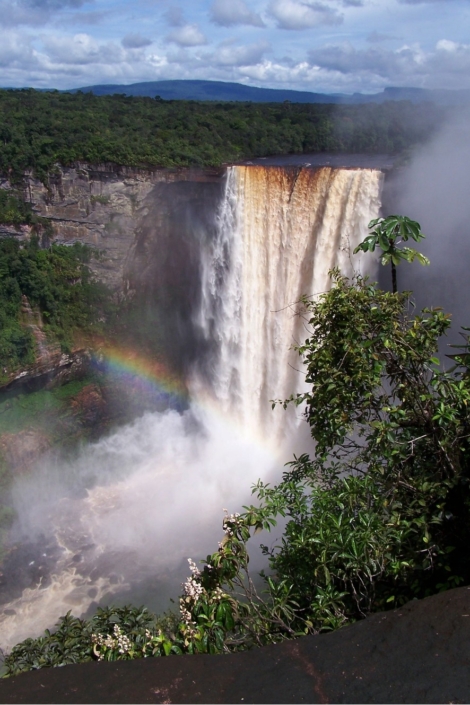
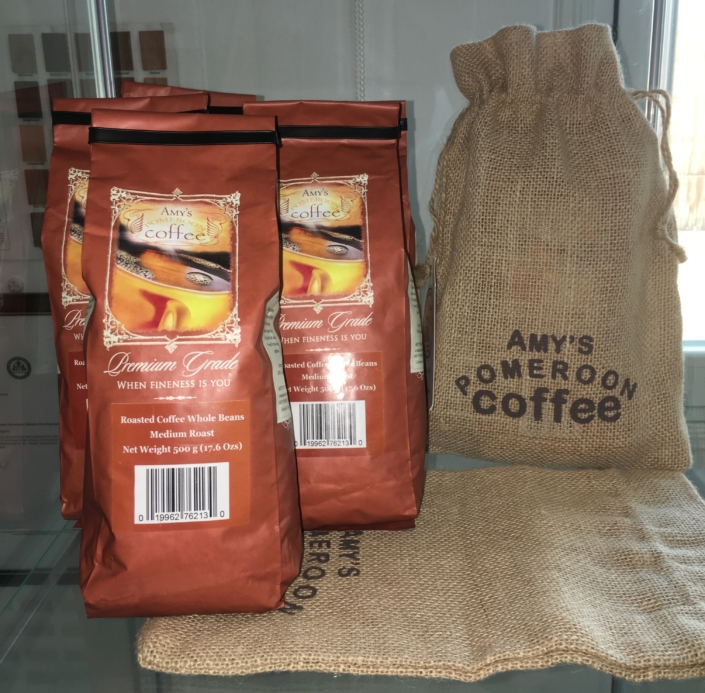
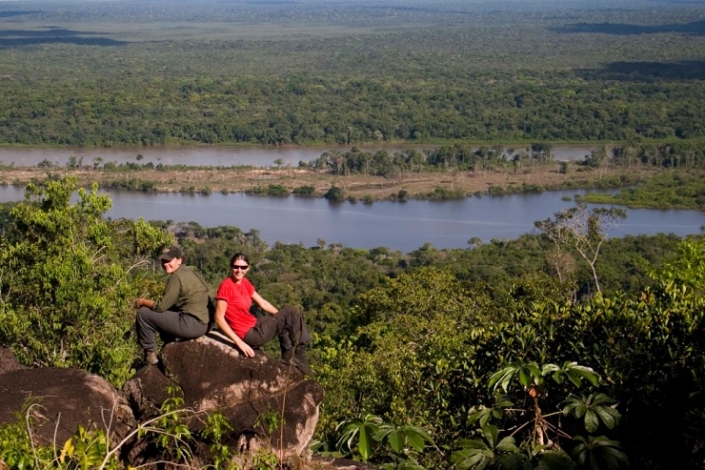
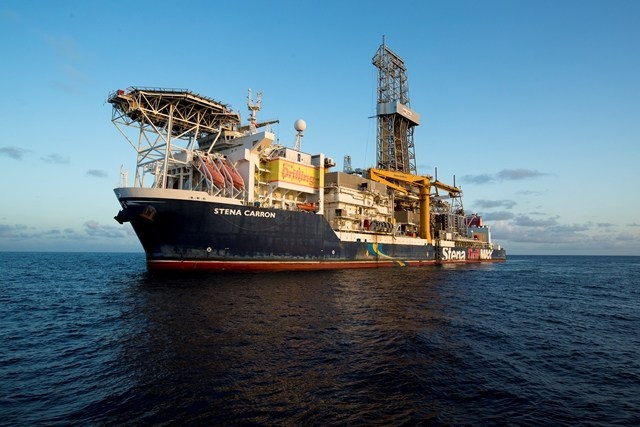

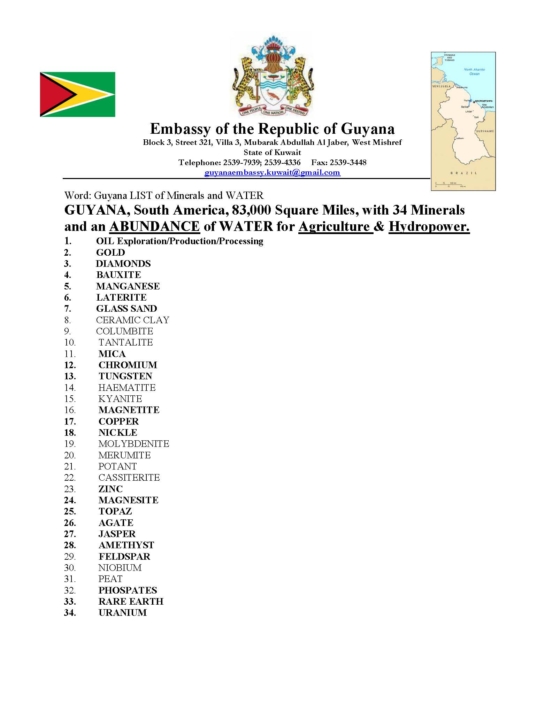

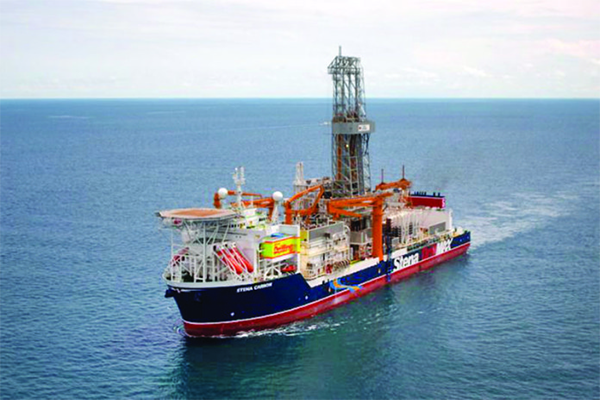
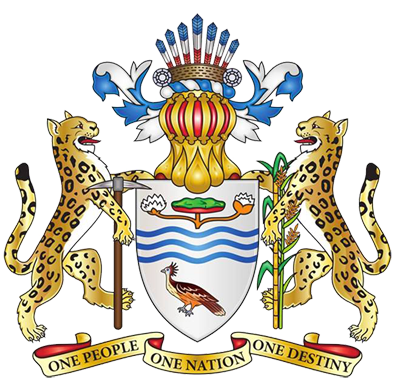

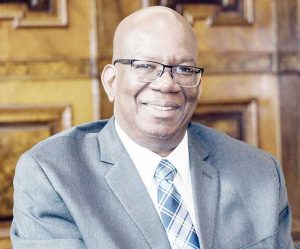
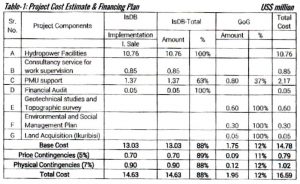
 His Excellency President David Granger
His Excellency President David Granger
